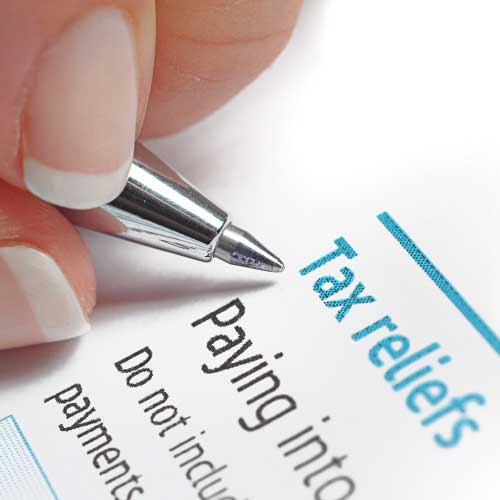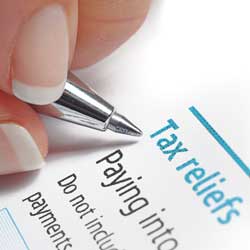Tax reliefs are used by people and businesses to shrink their tax bills and the effect, for example using our tax reliefs and expenses calculator, can be significant.
There are structural reliefs such as personal allowances on specific income types as well as non-structural reliefs called 'tax expenditures'. These are part of government policy decisions and are created to shape government policy at the time. These cost around £271 billion per year.
Examples of tax expenditures (non-structural reliefs) include R&D (Research and Development) Tax Credits. Another example is tax relief on pension contributions. There are 362 reliefs like these and estimated costs for 111 of them are around £155 billion annually. Estimates for only 111 as those are the ones HMRC provides costs reports for. Additionally, the amount they cost is not the final figure as, due the behaviour shaping effect they have, tax/revenue could change too.
Last July the OBR (Office of Budget Responsibility), the public body that puts together the figures for the UK Budget stated that these types of tax expenditures have added complexity to the tax system, are not fully costed or evaluated and are a risk to public finances. In short, the need to be assessed for value for money.
With the 2020 UK Budget coming up in a few weeks it is possible that the Chancellor could make slashes in this area.
Here are some headline, or more well-known, tax expenditures (Non-structural Tax Reliefs):
| Desc | Purpose | Est. Annual Cost |
|---|---|---|
| Under-21 y/o Employee, Employers NIC (National Insurance Contributions) relief | Encourage employment of people below age 21 | £610 million |
| Under-25 y/o Apprentices, Employers NIC relief | Encourage provision of apprenticeships | £160 million |
| Reduced Stamp Duty For First Time Buyers | Up to £300k is zero-rated, £300k-500k is five percent. | £520 million |
| EIS (Enterprise Investment Scheme) | Income & CGT relief for investing in small companies | £720 million |
| Zero VAT on construction/sale of new build residential/charity property | Supports housing construction targets | £14.8 billion |
| Agricultural property Inheritance Tax Relief | Support farming business activity | £315 million |
| R&D Tax Relief (SME) | Small/Medium business research and development investment | £2.5 billion |
| R&D Expenditure Credit (Mainly Large Co's) | Extra deduction from company taxable income, or tax credit if in loss. Supports investment. | £2.3 billion |
| Entrepreneurs' Relief (CGT - capital gains tax) | Encourage enterprise by providing reducing CGT to 10% when selling a business/or business shares | £2.2 billion |
| Patent Box | Reduces CT to 10% on profits from patented inventions - supports commercialisation of intellectual property. | £1.1 billion |
| Film Tax Relief | Tax credit for loss-making productions in the UK, or tax relief for profitable productions. Supports UK film production. | £550 million |
Some of the above are already mooted for cuts or changes come the March Budget. Additional reliefs not listed above include (ordered by cost):
- Reliefs on pension contributions, both employee and employer (£39 billion)
- Relief from paying capital gains tax on your main home (£27 billion)
- Zero-rate VAT on food (£18 billion)
- Annual investment allowance (£3 billion)
- Water and sewerage zero-rated for VAT (£2.5 billion)
- Threshold for mandatory registration for VAT for businesses (£2.2 billion)
- Charity income tax relief, including Gift Aid (£2 billion)
- Books, newspapers and magazines zero-rated for VAT (£1.5 billion)
HMRC are setting up to provide full costing for all 362 of the tax expenditures gradually starting from 2020 to 2022, therefore you can expect the additional information provided to the OBR to be used when deciding where cuts can be made in the future.
An example is entrepreneurs' relief, which was set up to encourage enterprise and investment, and when evaluated found only 8 percent of those using the relief saying it influenced their investment plans. This relief is likely to be mentioned in the budget.



